What to Do to Make transition natural and smooth
chueh
12 years ago
Related Stories
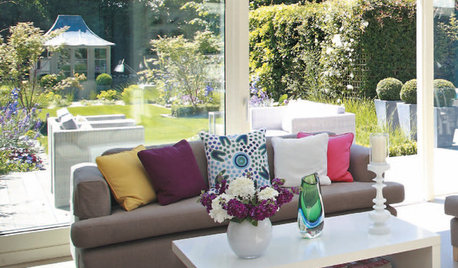
MONTHLY HOME CHECKLISTSYour March Checklist for a Smooth-Running Home
Prep your home for spring by shedding its winter layers and bringing in nature and fresh colors
Full Story
ORGANIZINGGet Up to Speed for Back to School — 12 Tips for Smooth Sailing
New schedules and clothes, paperwork piles ... and where did all the Band-Aids go? These tips will help you ace the new school year
Full Story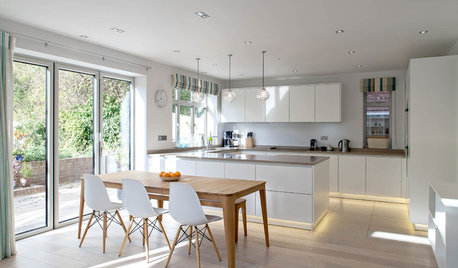
KITCHEN DESIGNBright Modern Kitchen With Smooth Lines and a Relaxed Vibe
A peninsula separates zones in this open-plan family kitchen and dining area with a streamlined design
Full Story
ENTERTAININGModern Manners: Smooth Moves for Kids' Visits
For hosting kids or visiting with Junior in tow, we give you a plan to keep stress levels low and fun levels high
Full Story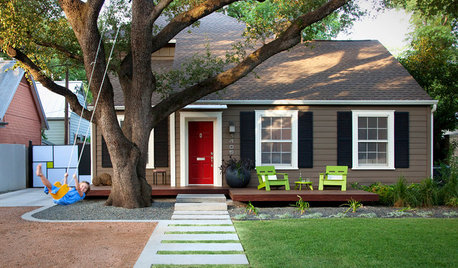
MONTHLY HOME CHECKLISTSJuly Checklist for a Smooth-Running Home
Pare back inside while you fire up outside for the Fourth. And why not donate some spare produce while you're at it?
Full Story
REMODELING GUIDESContractor Tips: Smooth Moves for Hardwood Floors
Dreaming of gorgeous, natural wood floors? Consider these professional pointers before you lay the first plank
Full Story
ORGANIZINGDo It for the Kids! A Few Routines Help a Home Run More Smoothly
Not a Naturally Organized person? These tips can help you tackle the onslaught of papers, meals, laundry — and even help you find your keys
Full Story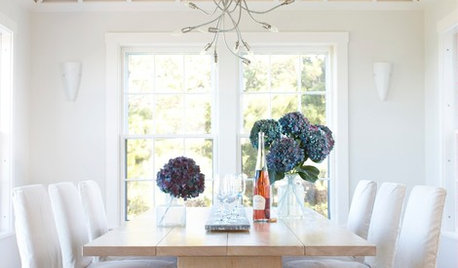
MONTHLY HOME CHECKLISTSJune Checklist for a Smooth-Running Home
Make the most of warm weather by freshening up, paring down and enjoying your home's outdoor spaces
Full Story
COLORNature’s Color Wisdom: Lessons on White From the Great Outdoors
Blizzard fierce or butter soft, white can highlight shapes, unify a room and perform miracles on the cheap
Full Story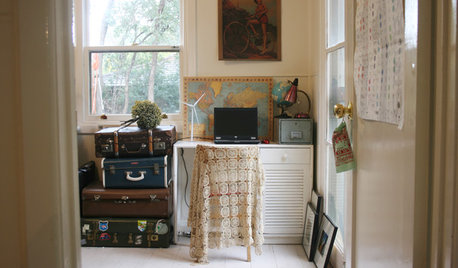
MOVINGMaking a Home Away From Home
Feeling like a stranger in a strange land? These tips can help ease the transition after a big move
Full Story






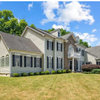



isabella__MA
Yardviser
Related Professionals
Windham Landscape Architects & Landscape Designers · Wrentham Landscape Architects & Landscape Designers · Mountain Brook Landscape Architects & Landscape Designers · Paradise Landscape Architects & Landscape Designers · Chattanooga Landscape Contractors · Fort Worth Landscape Contractors · Holland Landscape Contractors · Midland Landscape Contractors · Saint George Landscape Contractors · Salem Landscape Contractors · Tigard Landscape Contractors · Lacey Decks, Patios & Outdoor Enclosures · Lewisville Decks, Patios & Outdoor Enclosures · Fontana Swimming Pool Builders · South Riding Swimming Pool Buildersisabella__MA
chuehOriginal Author
chuehOriginal Author
Yardviser
chuehOriginal Author
mad_gallica (z5 Eastern NY)
Yardviser
deviant-deziner
Yardviser
deviant-deziner
chuehOriginal Author
woodyoak zone 5 southern Ont., Canada
Yardviser
chuehOriginal Author